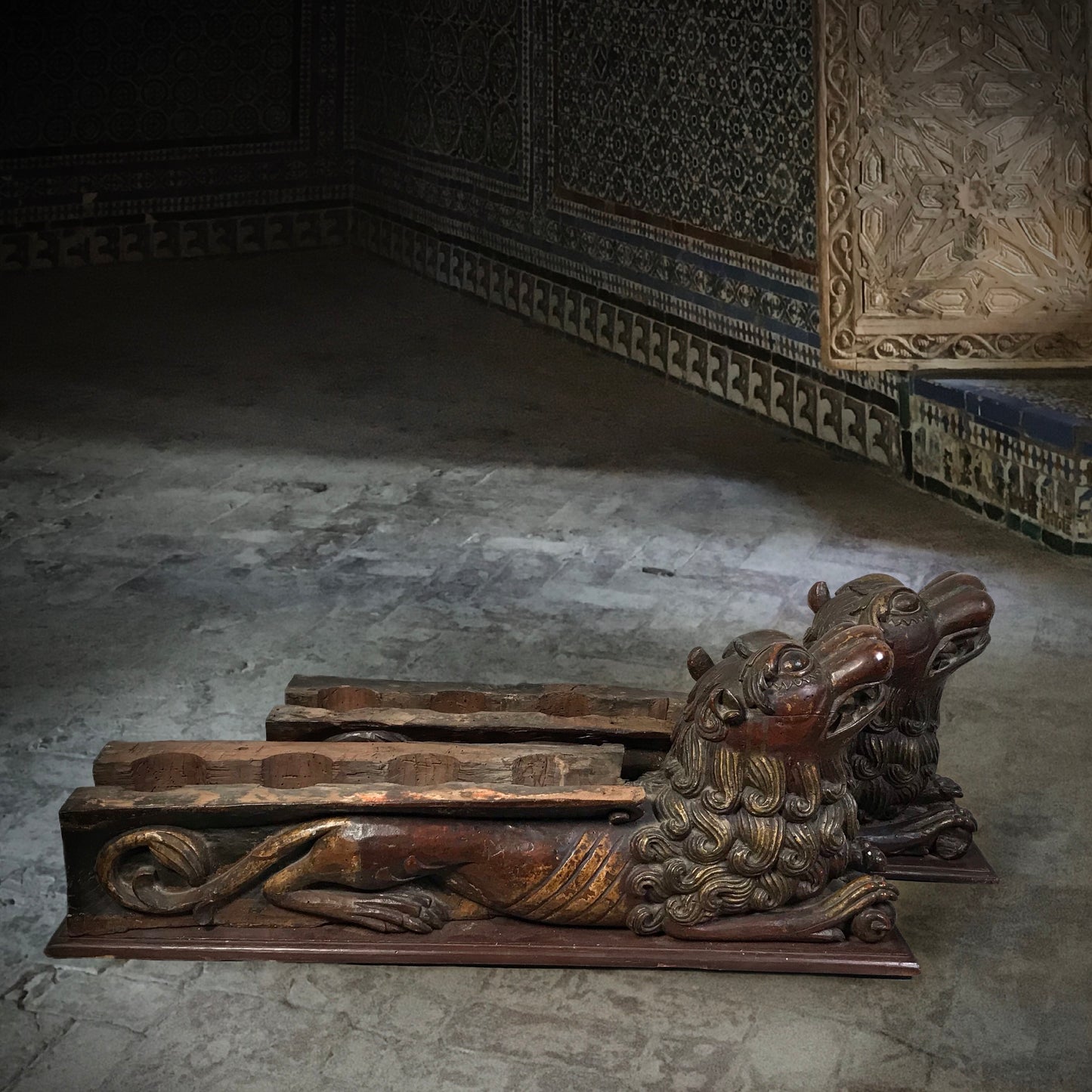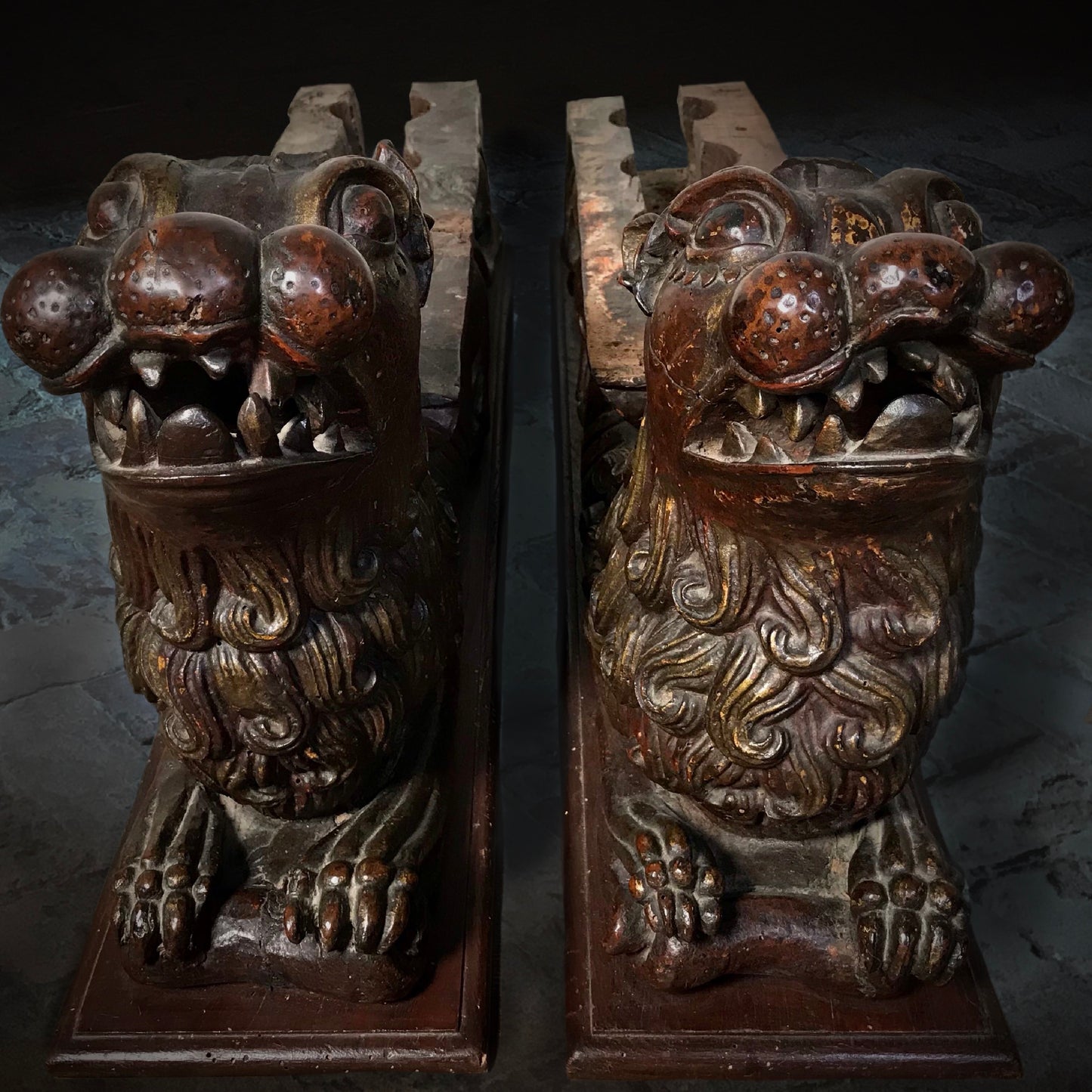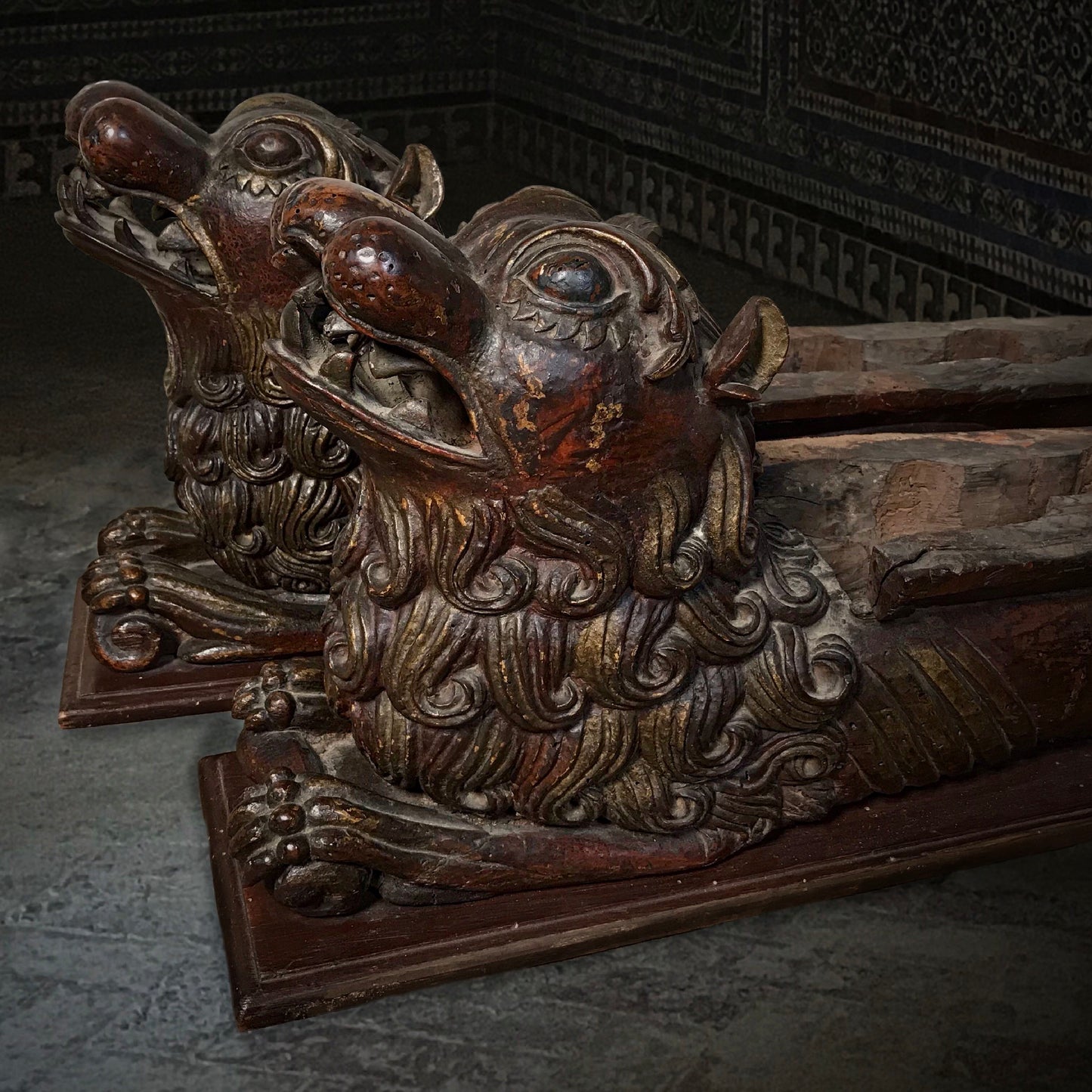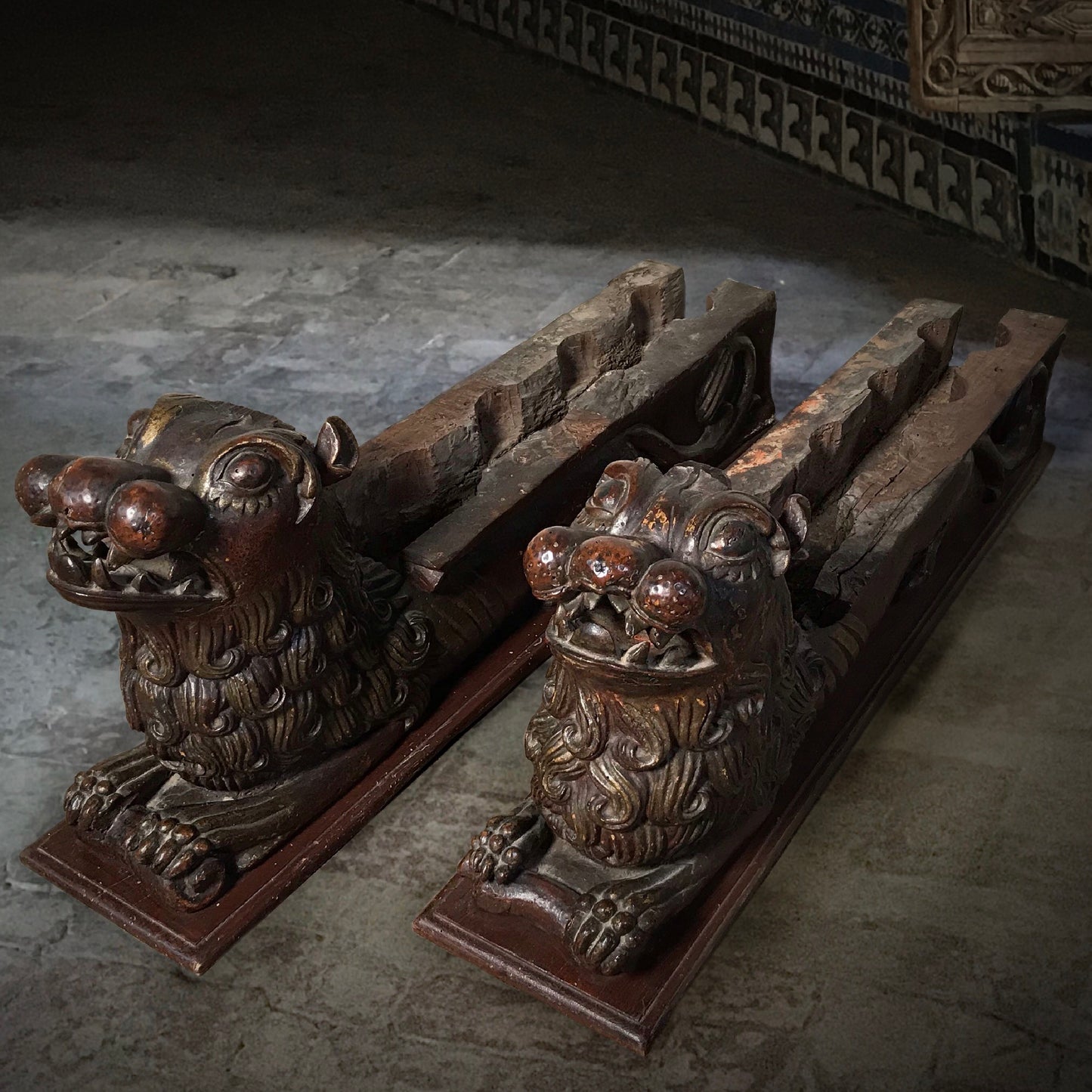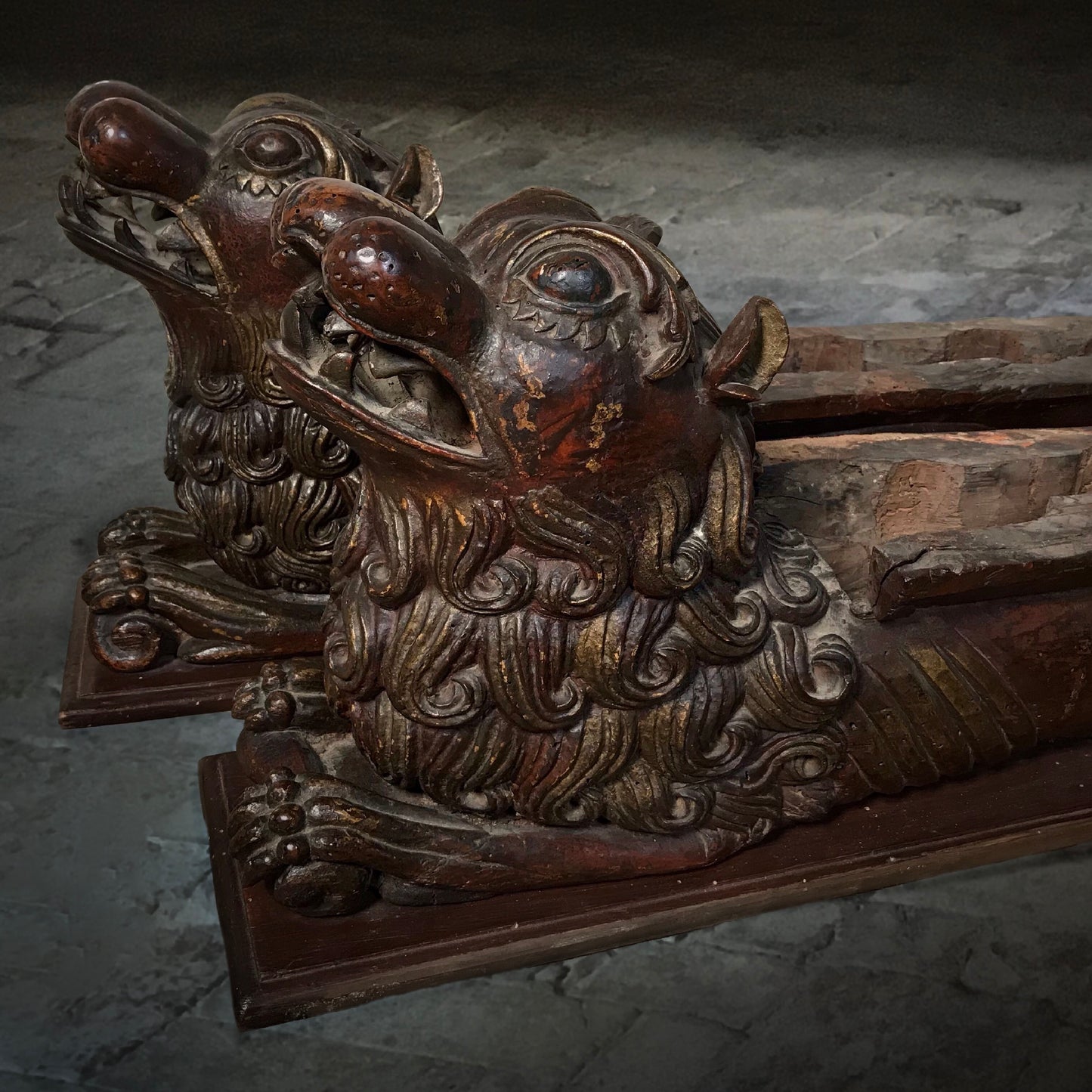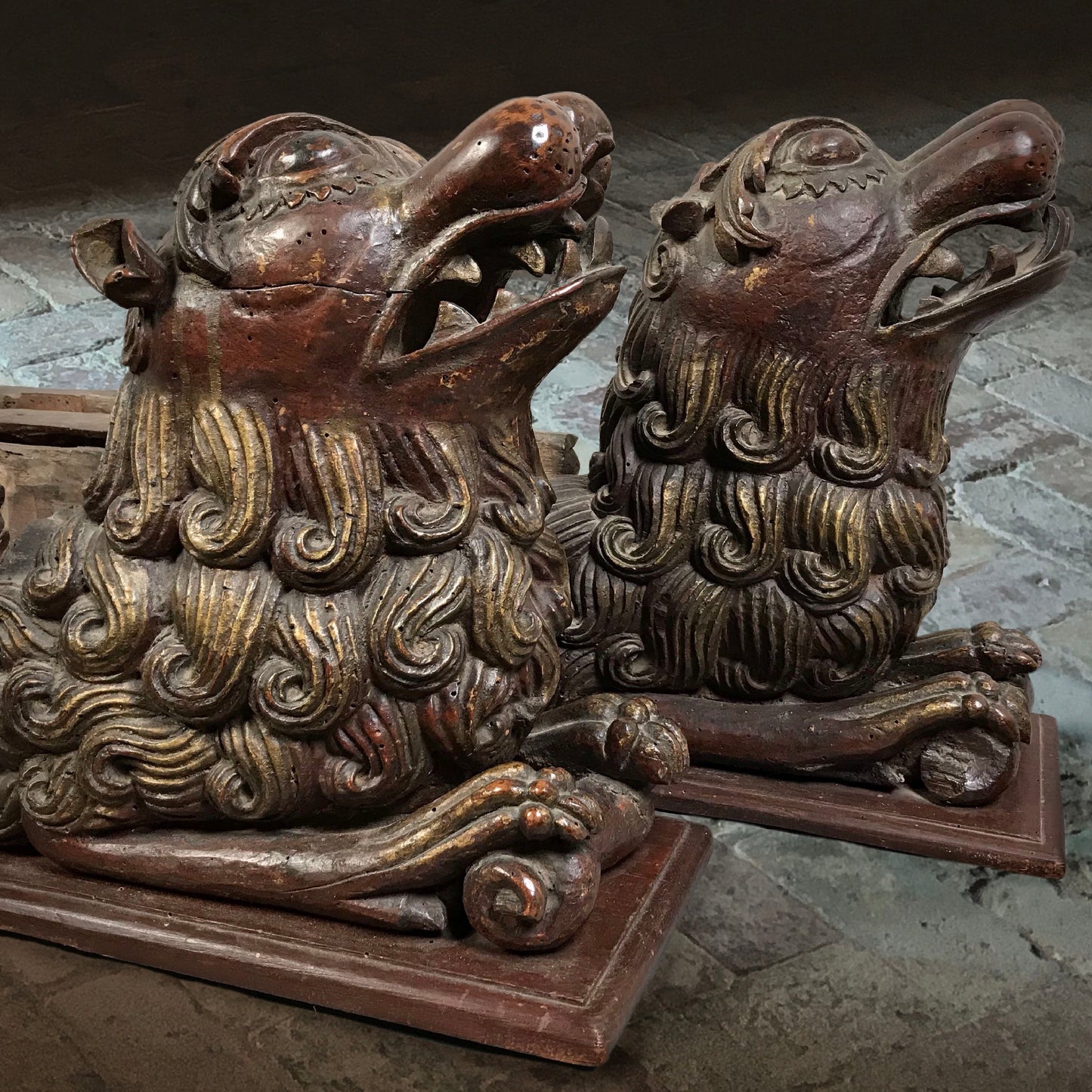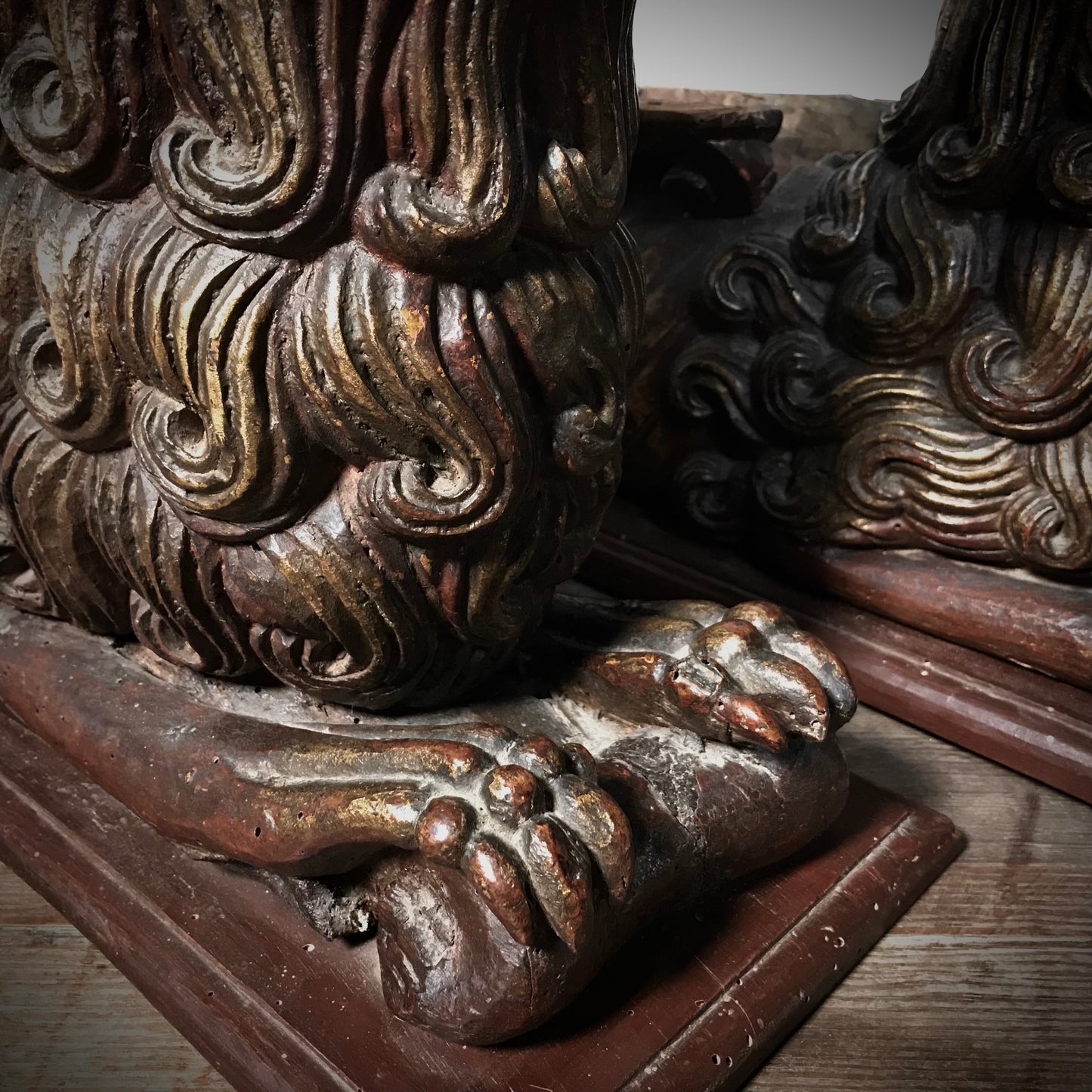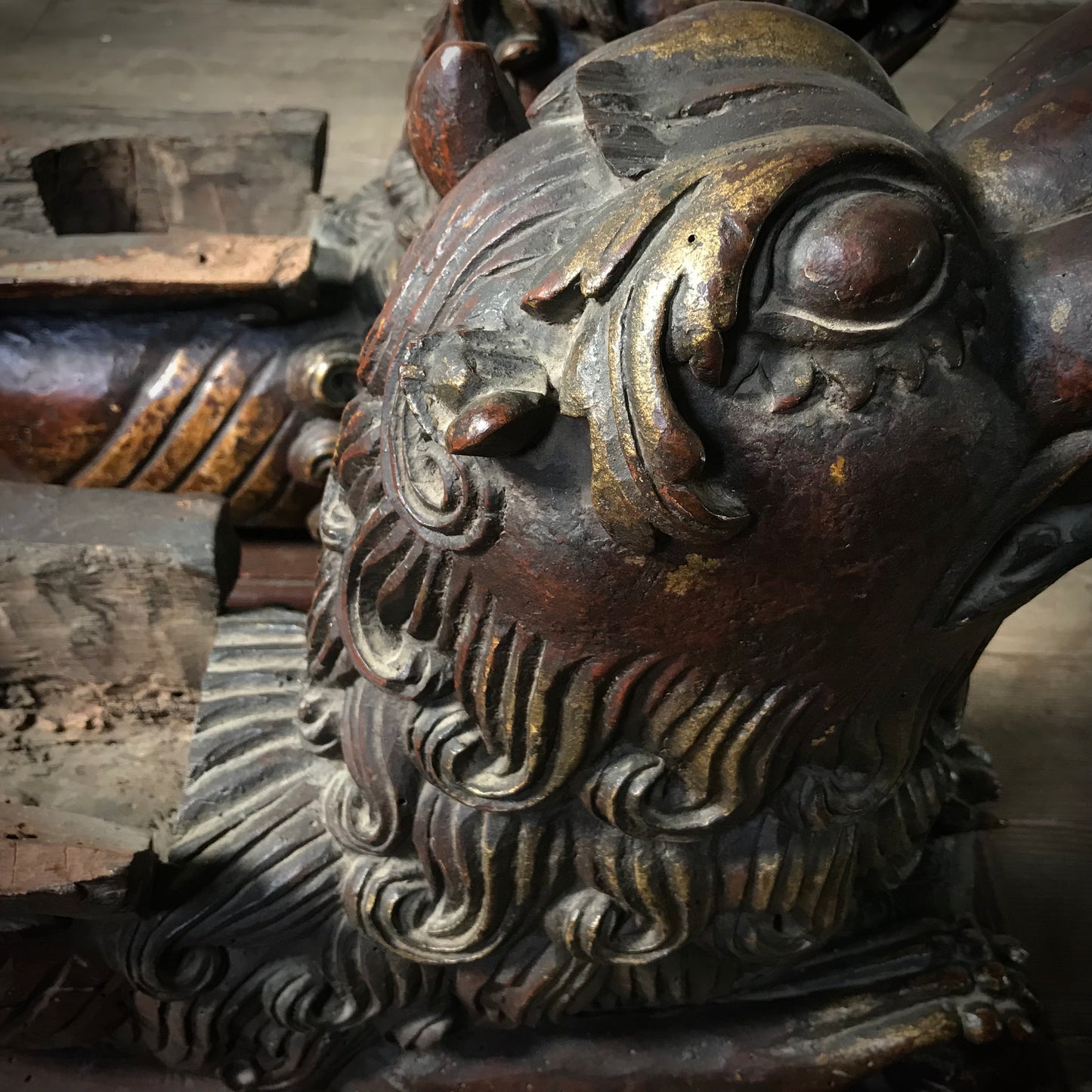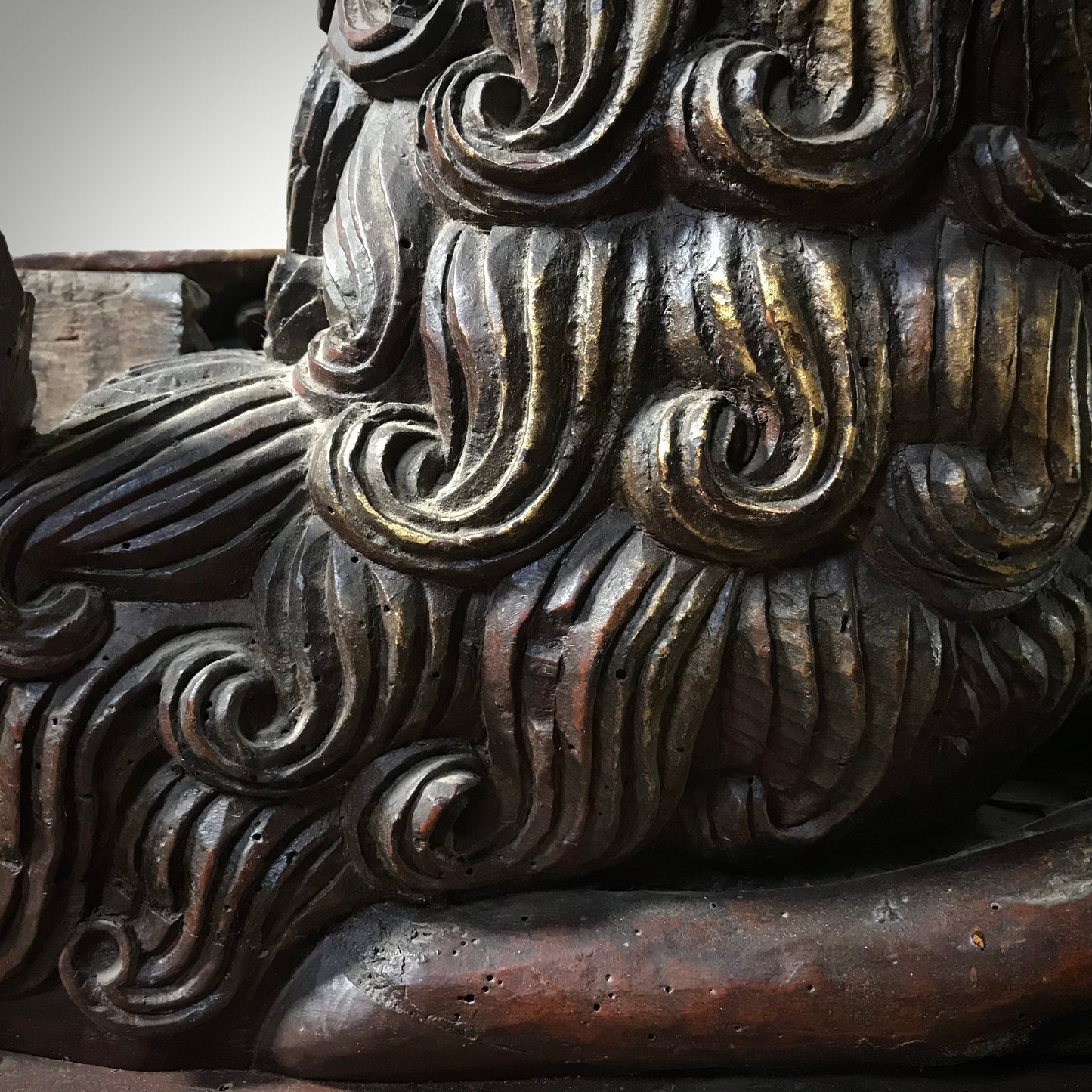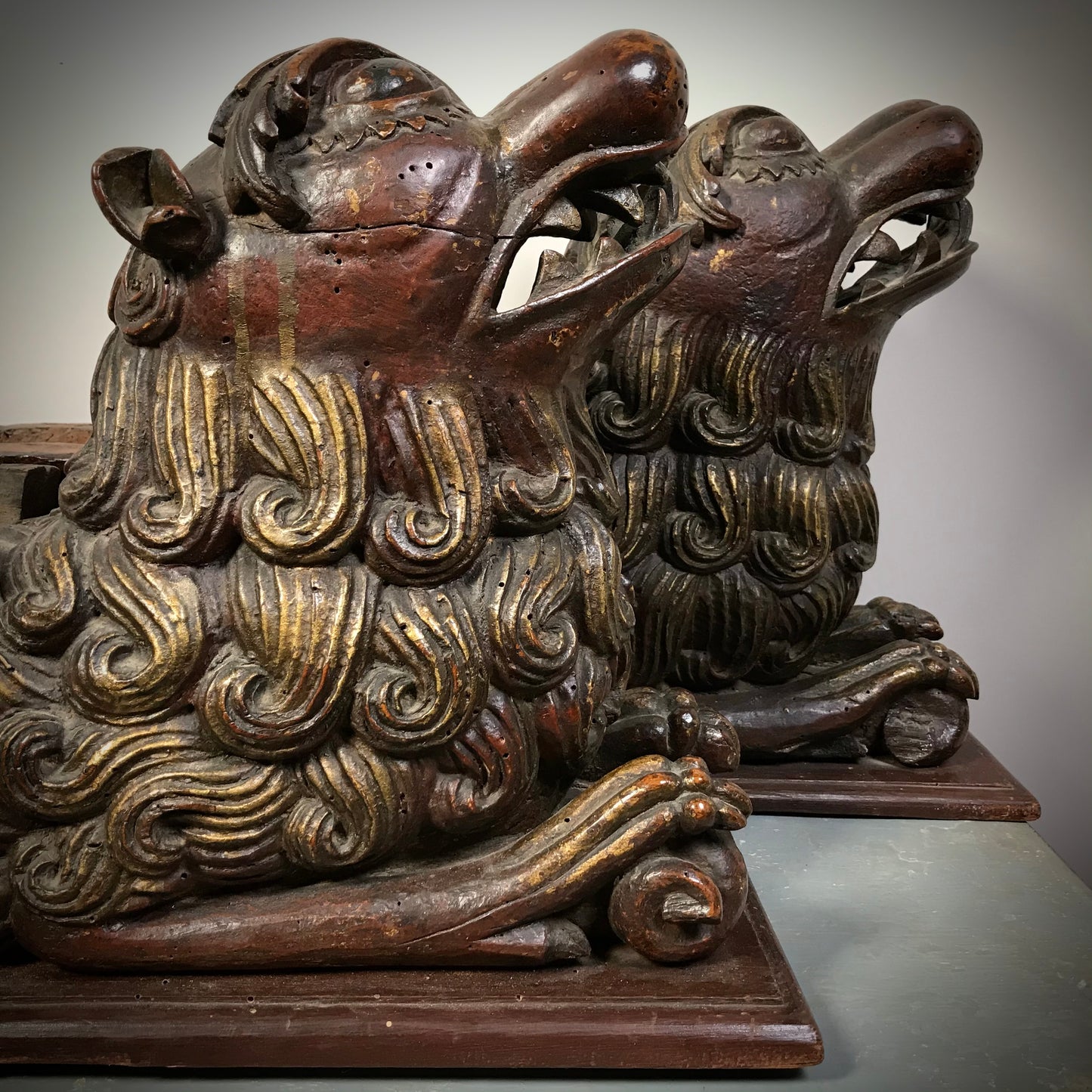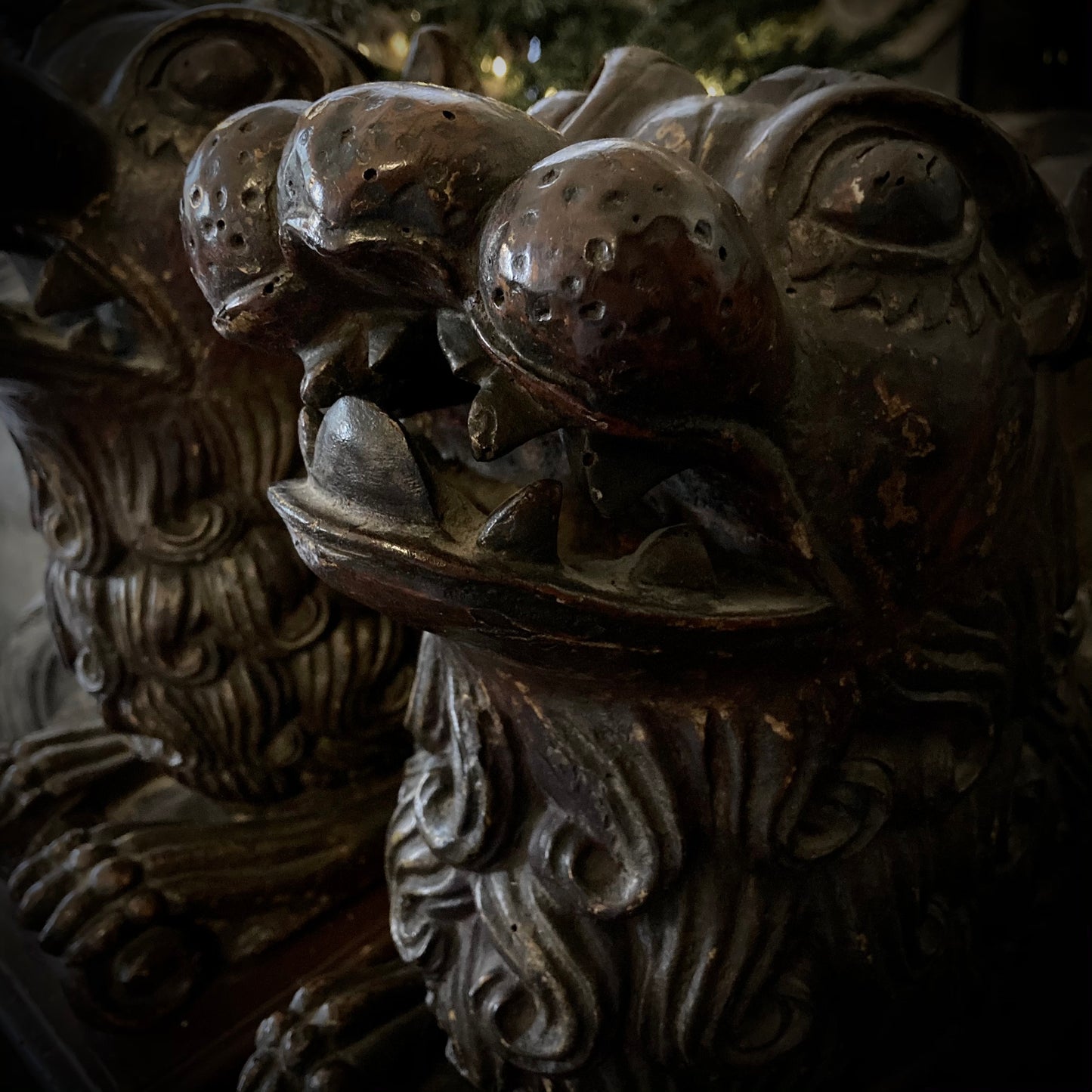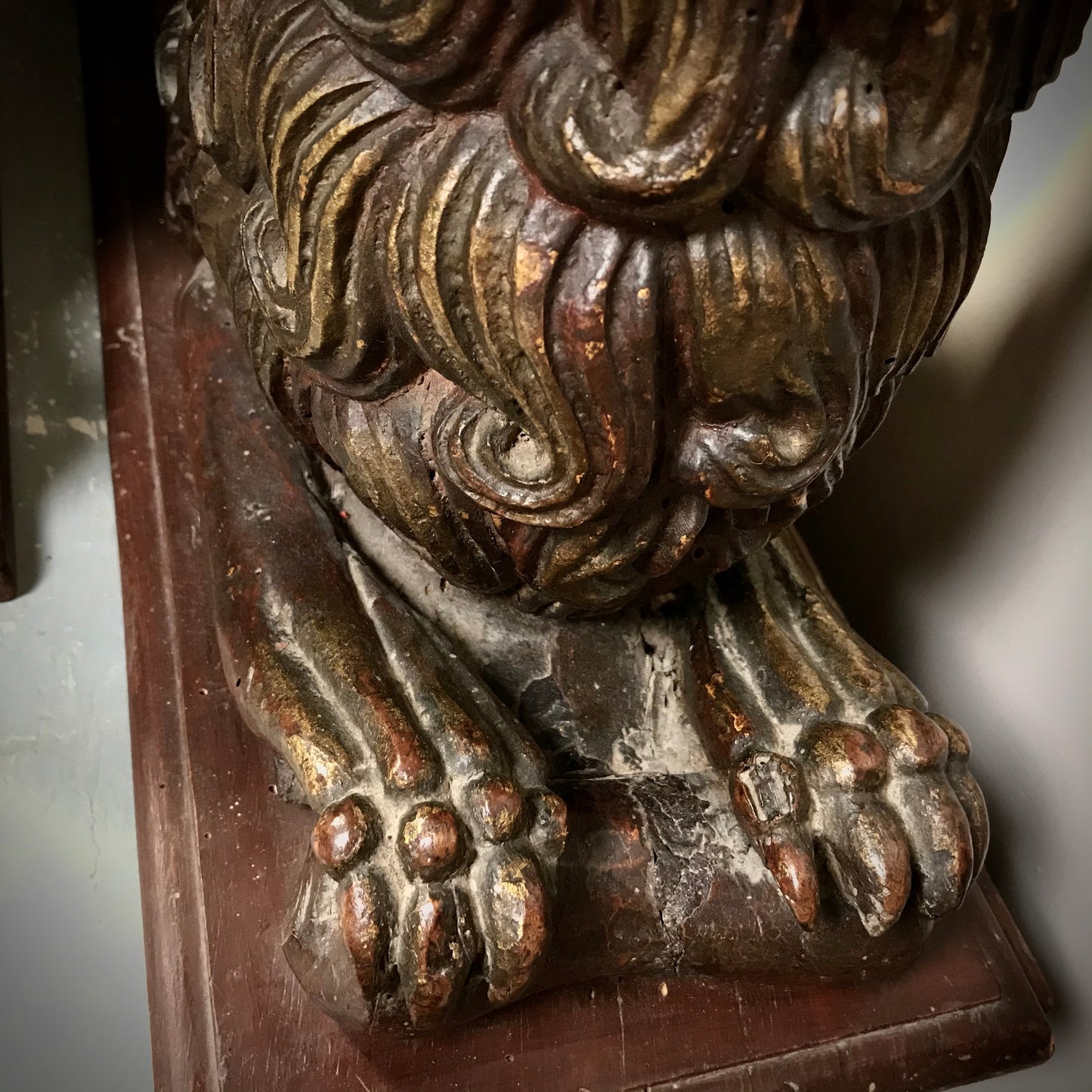Stylobate Lions Italian Renaissance c.1460
SKU: FUG76
Couldn't load collection availability
UK Mainland Delivery & Non-Mainland
UK Mainland Delivery & Non-Mainland
* Until Christmas we are offering FREE UK MAINLAND doorstep delivery.
For UK Non-Mainland:
At checkout, please select ‘Pick up’ (not ‘Ship’) to complete your purchase.
You can either:
• Proceed with payment and we’ll send a separate link for delivery, or
• Contact us first for a quote, and we’ll send you a custom order link with delivery included.
Placing items in specific locations can be arranged on request — additional costs will apply. Our trusted fine art and antique couriers, ensuring your item arrives safely and with care.
International shipping
International shipping
International delivery, crating, shipping, and insurance can be arranged on request. We’ll provide a quote based on your needs—additional costs will apply and are payable directly to the shipping company.
You’re welcome to use your own shipping agent, or proceed with our recommended agent using the quote we supply. Payment is made directly to the shipping company.
Alternatively, select ‘Pick up’ at checkout to:
• Collect the item yourself
• Use your own shipping agent from our UK showroom
• Or simply complete your purchase
Contact us for a quote
An outstanding pair of recumbent ‘Stylobate lions’ c.1460 Italian Renaissance, attributed to Umbria, Northern Italy.
Created from carved walnut, with remnants of original polychrome and gilding. The walnut carving is exceptional and bold, particularly notable are their snarling mouths, hooked paws and flowing stylised manes. Their hind legs are tucked neatly along their bodies. The lions’ ribs are defined and rhythmically carved, their front paws are resting upon scrolled ends.
The form of the Stylobate lions as a style of column support are typical of church portals found throughout Italy in the late Romanesque period. These carved wooden architectural elements would have been carved as pedestals for columns (indicated by the series of deeply carved out circular spaced forms along the lions’ flat elongated backs) which would have supported an interior architectural structure, probably supported an interior smaller portal, an elevated window surround or a pulpit within a noble family’s private chapel.
This genre of animated menacing lions were often used within churches with thought that they banished evil influences. They were also often used as markers of authority as churches were used as courts of law, drawing links with King Solomon as a ruler of justice.
- Width: 20 cm (7.87″)
- Height: 38 cm (14.96″)
- Depth: 94 cm (37.01″)
